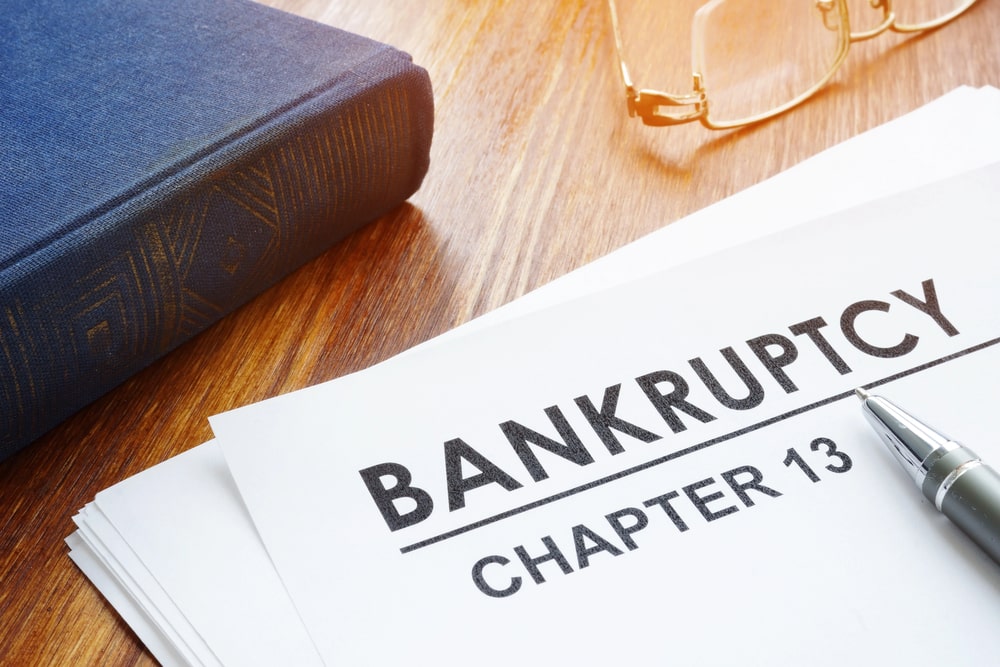Filing for bankruptcy is a significant financial decision, and choosing between Chapter 7 and Chapter 13 is one of the first and most important steps in the process. While both options are part of the U.S. Bankruptcy Code and serve the purpose of helping individuals deal with unmanageable debt, they work in very different ways so having a bankruptcy lawyer guide you could be helpful. Knowing the key differences can help individuals understand what to expect and what might be the best path forward based on their financial situation.
Attorneys like those at Madden Law LLC can attest that every case is unique, and selecting the right type of bankruptcy depends on multiple factors, including income, assets, and the type of debts involved. Below is a breakdown of how Chapter 7 and Chapter 13 differ in terms of process, eligibility, and impact.
How Chapter 7 Works
Chapter 7 is often referred to as liquidation bankruptcy. It allows individuals to eliminate most types of unsecured debt, such as credit card balances, medical bills, and personal loans. The process typically lasts between three to five months and is designed for individuals who do not have the income or assets to repay their debts.
In a Chapter 7 case, a bankruptcy trustee is appointed to review the individual’s financial situation. While the term liquidation may sound concerning, most people who file for Chapter 7 are able to keep essential property due to state or federal exemptions that protect certain assets like a primary residence, vehicle, or basic household goods.
Chapter 7 is often a quicker path to debt relief, but it does come with limitations. It may not stop foreclosure permanently, and it won’t discharge certain types of debts such as student loans, recent tax obligations, or court-ordered child support.
How Chapter 13 Works
Chapter 13 is commonly referred to as a wage earner’s plan. This type of bankruptcy is designed for individuals who have a steady income and can afford to repay at least part of their debt over time. Instead of liquidating assets, Chapter 13 involves creating a repayment plan that typically lasts three to five years.
Under Chapter 13, the filer makes monthly payments to a trustee, who then distributes the funds to creditors. This allows individuals to catch up on past-due mortgage payments, car loans, or other secured debts without losing their property. It can also stop foreclosure proceedings, as long as the repayment plan is followed.
One of the advantages of Chapter 13 is that it may allow individuals to reorganize their debt in a way that is more manageable, often reducing the total amount owed or the interest rate on certain debts.
Eligibility And Requirements
Eligibility is another major difference between Chapter 7 and Chapter 13. To file under Chapter 7, individuals must pass a means test that compares their income to the median income in their state. If their income is too high, they may not qualify.
Chapter 13 does not have the same income limit, but it does have debt limits. Individuals must have unsecured and secured debts below a certain threshold to be eligible. Chapter 13 also requires a regular and reliable income source to support the repayment plan.
Impact On Credit And Finances
Both types of bankruptcy will impact a person’s credit report. Chapter 7 remains on a credit report for up to ten years, while Chapter 13 remains for seven. However, filing bankruptcy also stops collection efforts and gives individuals a chance to rebuild their financial life.
While both options offer debt relief, the choice between them depends on a person’s long-term goals and current financial situation. Some may benefit from the immediate discharge of debts under Chapter 7, while others may prefer to keep their assets and repay what they can through Chapter 13.
Take The First Step
Filing for bankruptcy is a serious step, and it’s helpful to have guidance along the way. If you’re considering your options and need a bankruptcy lawyer to walk through the process with you, taking that first step now can make a big difference in your financial future.

